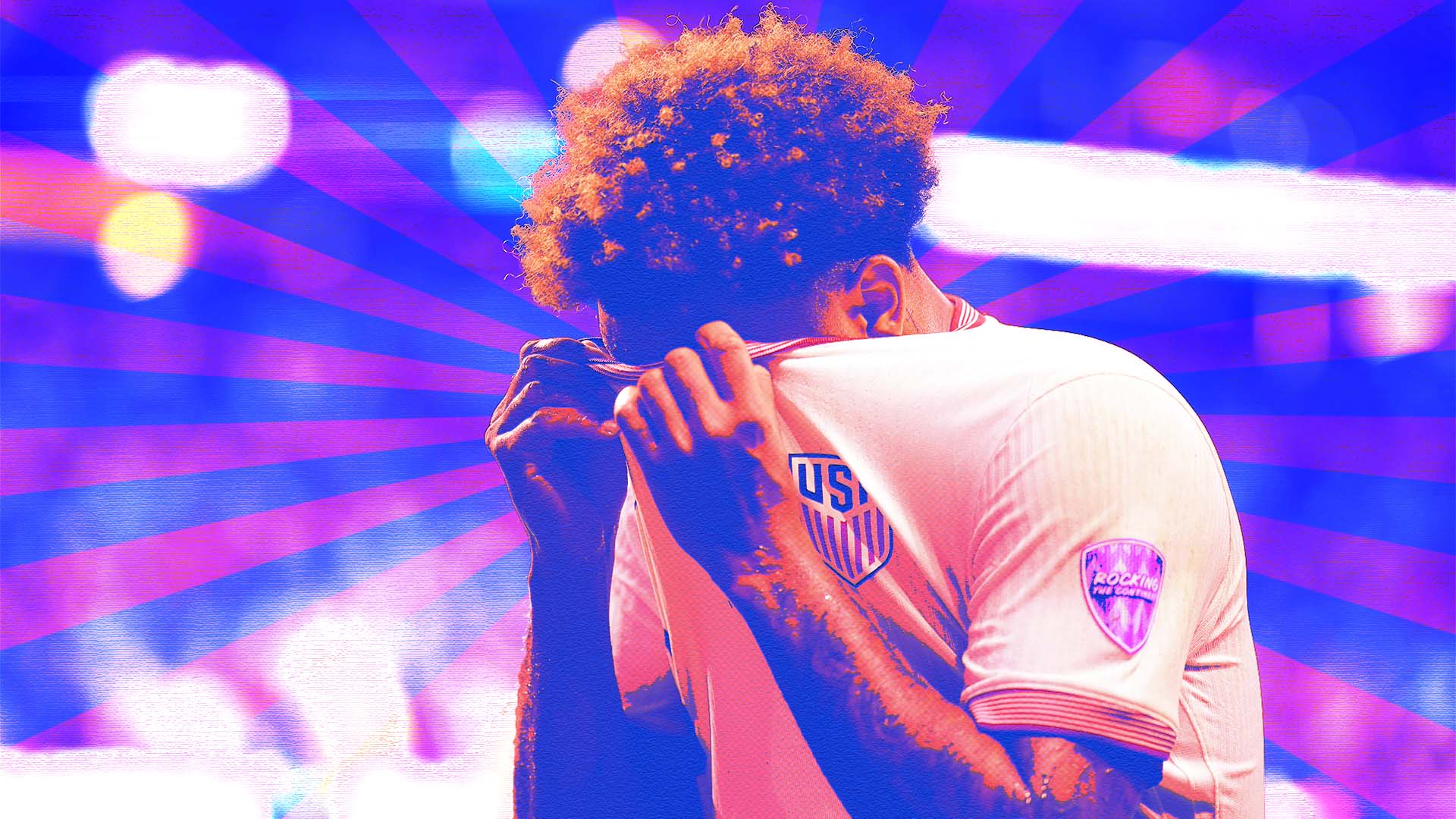The United States was eliminated from the Copa America, marking the first time a host country has been eliminated before the group stage. The three group matches showcased the USMNT at its best, worst, and most average. While the Gregg Berhalter era should come to an end, it should also mark the end for a group of players as well.
When the United States fell to Uruguay 1-0 in their final match at the 2024 Copa America group stage, it was a game of men against boys. Uruguay, which has revitalized and revolutionized their style of play under the obsessive Marcelo Bielsa, was everything the USMNT cycle leading to 2026 was supposed to be — a statement of marked improvement.
Uruguay not only has fresh blood, their other top players are hitting their stride. On the other hand, the United States showed a lot of effort and commitment but as has become the norm, the team was anemic when it came to creating chances.
Even in the Americans’ lone win against the worst team in the competition, Bolivia, they scored the fewest goals among their group to achieve their win — just two compared to Uruguay’s five and Panama’s three.
Below, we will provide perspective on what happened, what is to come, and eras that are over for the United States.
The 2024 Copa America
The United States began the competition against a woeful Bolivia and looked like a team that could impress. The 2-0 win was the best performance in a while for Berhalter’s side. A lively Christian Pulisic, who faded as the tournament progressed, struck early with a wonder strike, and striker Folarin Balogun added a second just before halftime, which brought music to USMNT fans’ ears.
Then came Panama, and while the United States started strong, a regretful red card by Tim Weah left the team with 10 men. Despite taking the lead, the U.S. looked shambolic. Panama would pressure their way to a 2-1 lead and eventual victory.
Berhalter tried to stop the bleeding in his defense in the second half, but incredibly, all of his substitutions played some of their worst games in a USMNT kit: Johnny Cardoso, Ricardo Pepi, and Cameron Carter-Vickers being the main disappointments.
With their backs to the wall, the United States needed a win against Uruguay to have any hope of reaching the knockout stage. Bielsa’s side took the best the U.S. had to offer, and as the game progressed, Uruguay were clearly more dangerous and seized control. The U.S. showed a lot of effort and guts, but never got a fluid attack going.
Uruguay implemented the same tactic they used when they defeated Argentina in Buenos Aires during World Cup qualifying, where they allowed Lionel Messi, Argentina’s most dangerous offensive player, to be on the ball while cutting off his passing lanes. Pulisic received the same treatment, and while he showed glimpses of his individual play, he seldom connected with his teammates.
What’s Next?
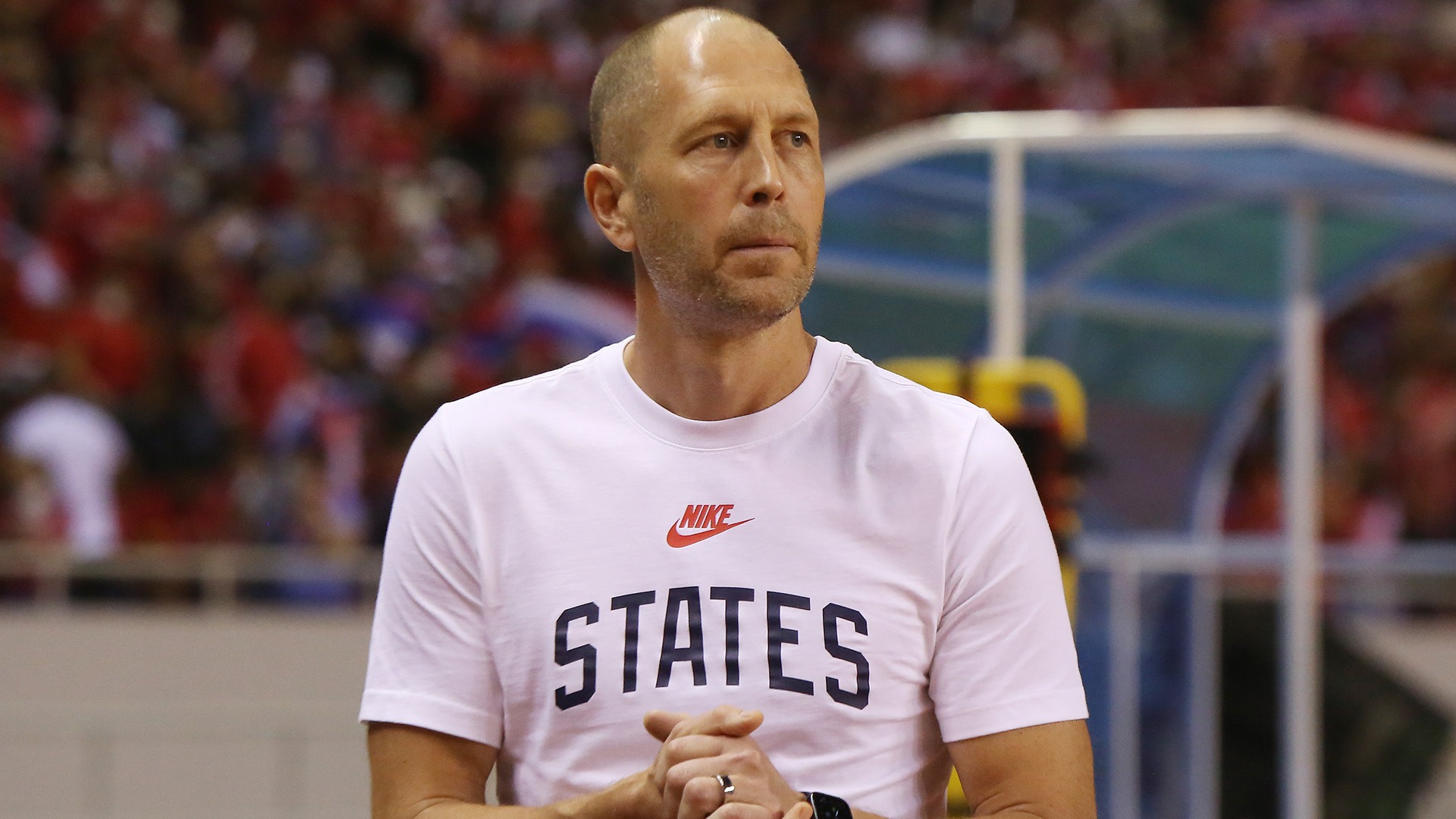
The Gregg Berhalter era should officially come to an end after this disappointing performance. After the 2022 World Cup, it seemed clear that the team had reached its peak under the manager, who had the support of many players yet was beginning to approach his ceiling.
Berhalter won three titles with the United States, but a lot of critics will point to the relatively weak field in CONCACAF and his sub-par record against top 25-ranked opponents. However, the manager’s main issue wasn’t his team’s inability to beat top competition, but how poorly it played against everyone else. A handful of well-played games were mixed in with woeful performances at all levels — from CONCACAF to friendlies to the Copa America.
Consistency was never found with Berhalter, and had he read the room back in 2022 and left after the World Cup, he might be remembered in a better light. After all, he did take a group of very young players to the round of 16 four years after the nation missed the World Cup.
Instead, the manager continued in his position after it became public that he had issues with Gio Reyna, arguably the country’s second-biggest star, and personal issues from the past were made public.
After the post-World Cup situation, Berhalter temporarily stepped down from his role, with assistant BJ Callaghan stepping into an interim role in his stead. Under Callaghan, the USMNT played some exciting soccer en route to winning the 2023 CONCACAF Nations League, only for Berhalter to return and the team to hit rock bottom in terms of play.
In Berhalter’s second tenure, the drop-off has been considerable. The team’s record of 7-6-1 is one of the worst marks of a USMNT manager in recent decades, going back to Steve Sampson in the mid-’90s.
Moving on from Berhalter is no longer debatable. It’s mandatory if the program is to get back on track. The team simply is no longer performing well under the current coaching staff.
Eras Coming to an End
While Berhalter will absorb most of the criticism from fans, players can’t escape blame either. Under Berhalter, a few players have had a tremendous amount of leeway, and complacency seems to have become the norm for a team where even poor performances in Europe or at the club level are excused as “growing pains.”
Many players have reached their limit with the USMNT, and little can be expected of these players going forward. In some cases, what will cap 50 tell us that cap 40 didn’t?
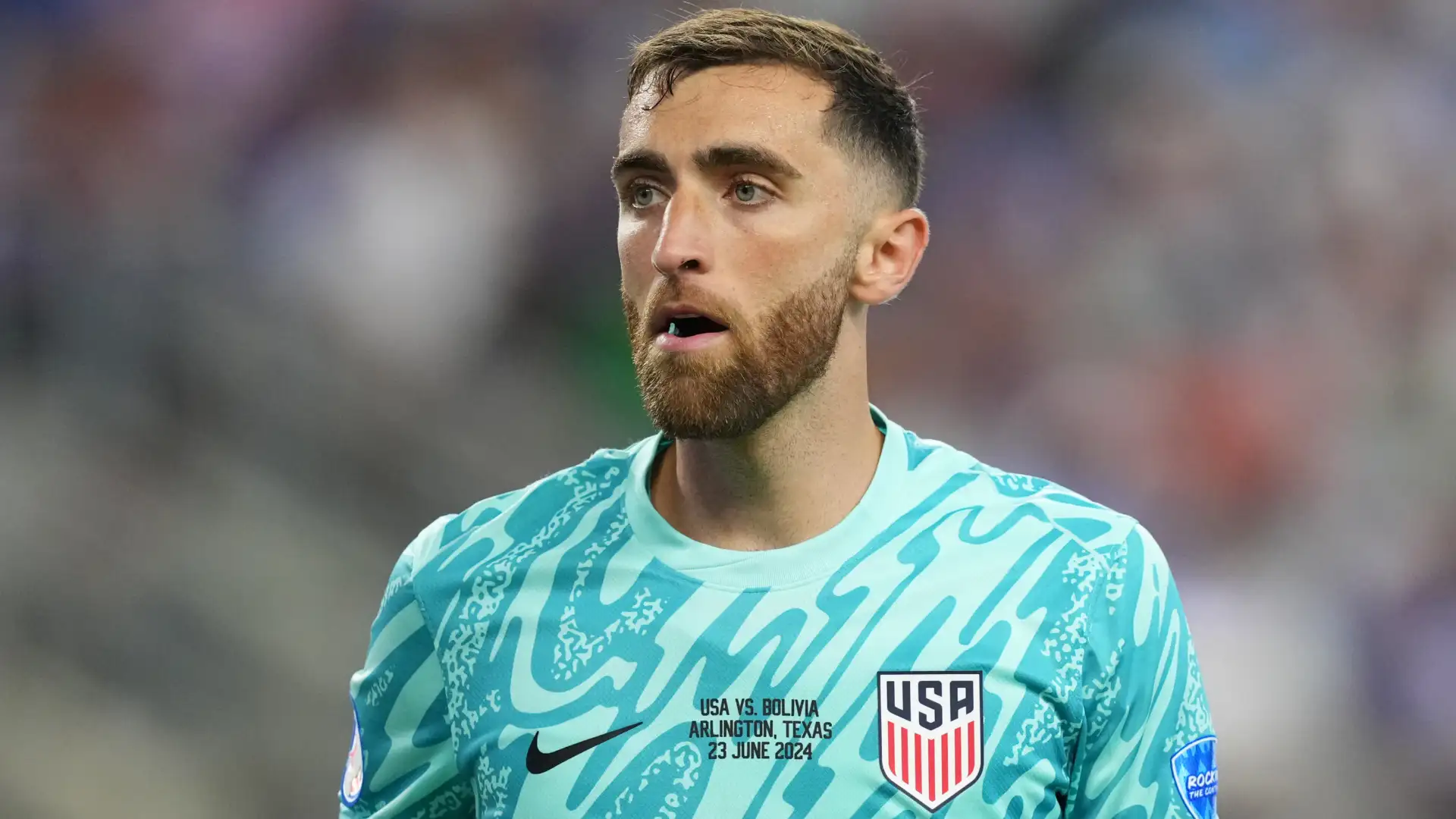
None of the goalkeepers from the Copa America should be brought back. All have shown everything they can, with no real keeper of the current group looking like the next Tim Howard.
Patrick Schulte, Roman Celentano, and Gabriel Slonina make up a young goalkeeping crop with seemingly bright futures. Waiting to introduce them is only prolonging the inevitable. The USMNT has a series of CONCACAF-level opponents in September and October, and the time is right to test that new blood.
Defensively, Sergino Dest is a mainstay, but Joe Scally showed he can play at an international level as well, with the Uruguay match being his best in a U.S. kit. Centrally, it’s hard to identify one player who can be the next Eddie Pope or even Alexi Lalas. Carter-Vickers, Miles Robinson, Tim Ream, and Shaq Moore have shown all they can in a U.S. uniform.
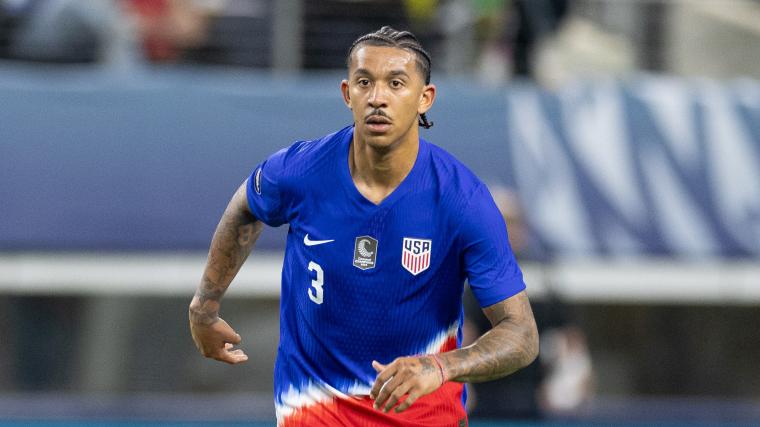
Chris Richards, Mark McKenzie, Jalen Neal, and Jonathan Tomkinson are the central defenders for the future. Holding down spots for players who won’t progress beyond that of a role player defender is a waste of time for everyone. The USMNT desperately needs a leader at the back, and all signs point to Richards being that, despite not being the safest central defender out there.
Central defense along with goalkeeping is a major cause for concern for the program at this point.
In the midfield and wings, Luca de la Torre and Brenden Aaronson’s national team status should come under question, especially considering the talent pool behind them. Tanner Tessmann, Gianluca Busio, Diego Luna, Rokas Pukštas, and Kevin Paredes should all be expected to move into the full national team picture post-Olympics and Copa America.
Up top, the USMNT has its strikers in Balogun, Pepi, and Josh Sargent. Playing a system that actually services them could go a long way in making them more effective.
A Golden Lesson Learned
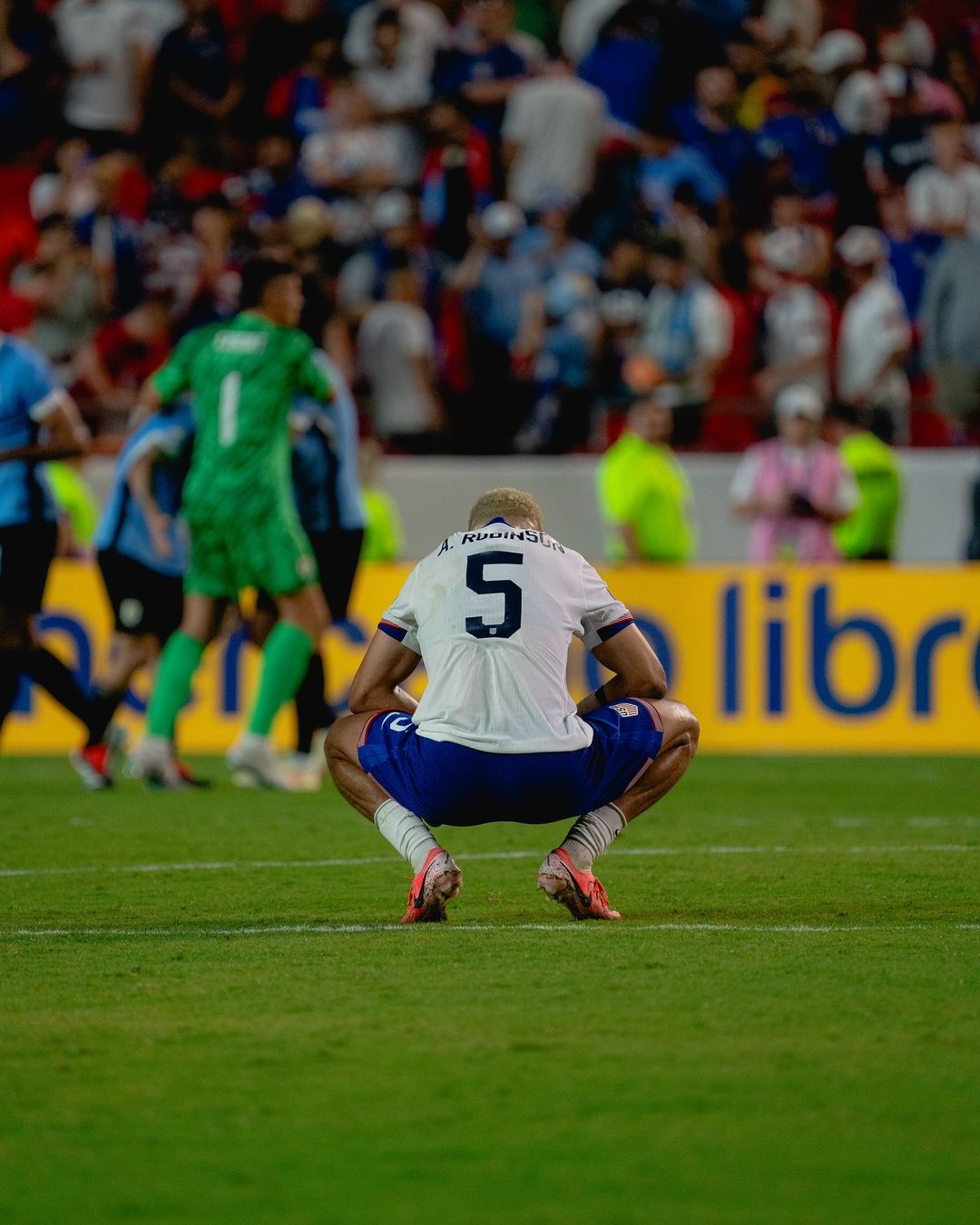
With the failure to get out of the group stage of the Copa America, inconsistency over four years, and prematurely buying into a lot of hype, the biggest lesson fans, pundits, and coaches should take is that a player being on a European teamsheet is not enough. Having players on fancy clubs is good water cooler talk for fans, but that alone should not merit call-ups.
A national team comprises the best talents who can best display the coach’s ideas. Generally, they are the top players of that respective country, but decisions often need to be made in favor of what is trying to be accomplished instead of where a player plays.
In the case of the USMNT, for four years, we have heard about how some players are in top European teams, or how the USMNT has unbelievable talent because of a few role players in European leagues.
The reality is that playing in Europe is great for maximum improvement and competition, but it doesn’t necessarily translate easily to the national team, and each player is in their own world. Calling players based on club or league over functionality has been a massive flaw.
For example, Uruguay has players who play in Europe, South America, and Mexico. When fitted to Bielsa’s system, it’s still debatable if some players are the “best” players in their positions, but they certainly fit Bielsa’s system the best.
In his second stint as national team manager, Berhalter seemed to be trying to appease a group of USMNT fans clamoring for certain European players, with some never showing anything in his own system that they showed at their club teams.
A national team is the best collection of players who can carry out said coach’s idea, not necessarily the best players straight up. Generally, this is the case, but at times, it’s not so black and white.
For the United States, the failure of the Copa America should be a huge wake-up call on a generation of players who, while talented, have lacked the coaching and concentration to compete with the big boys. For now, it feels like a wasted generation and, in some players’ cases, way overhyped.
